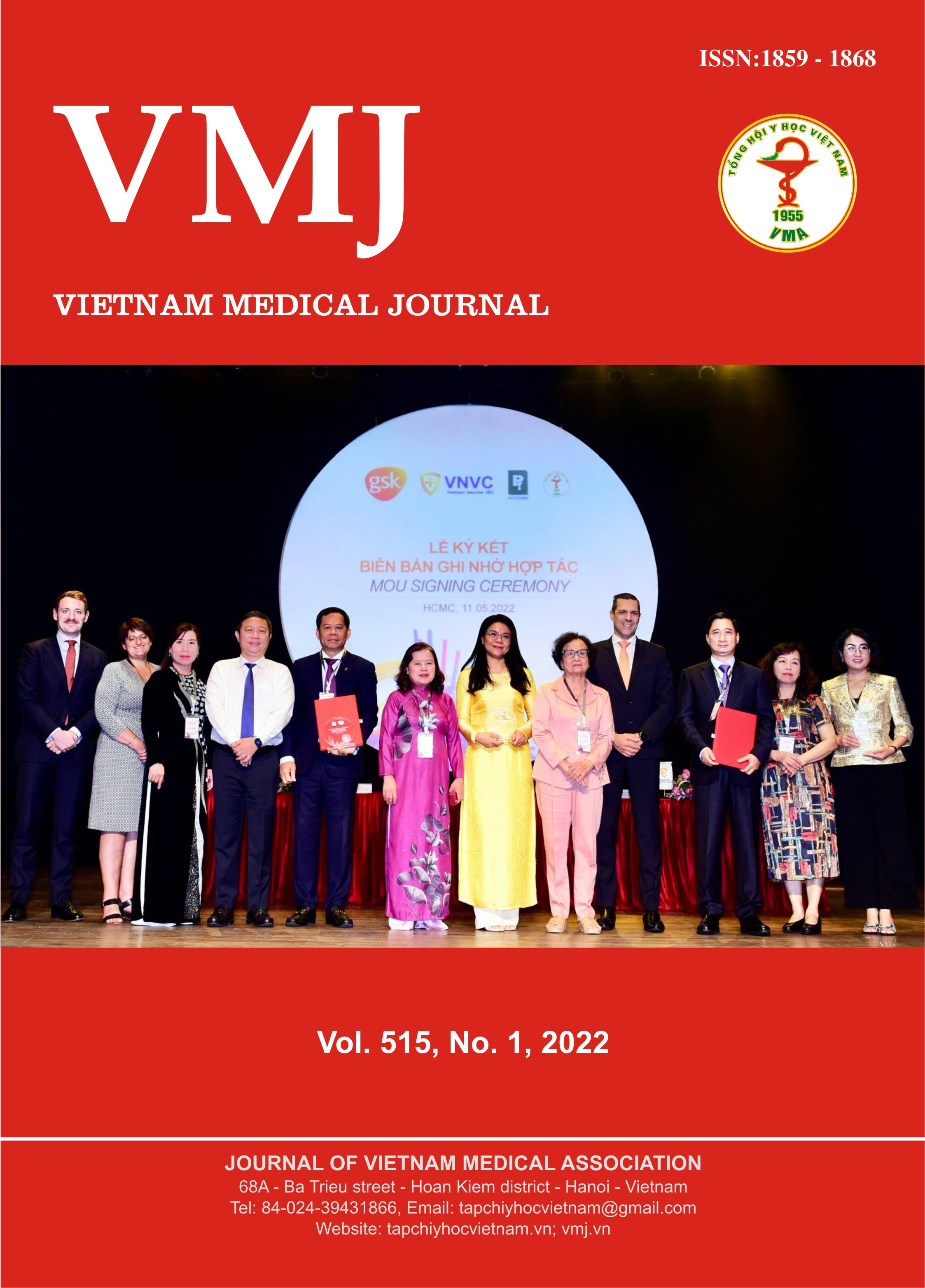EVALUATION OF ORTHODONTIC TREATMENTS USING MBT* STRAIGHT WIRES IN CROSSBITE PATIENTS
Nội dung chính của bài viết
Tóm tắt
The deviation and misalignment of teeth and jaw can lead to Angle’s Class I malocclusion (division 3 and 4 according to Anderson) and Angle’s Class III malocclusion. It causes anterior or posterior cross bite with a relatively high proportion. The proportion of patients with Angle’s Class I malocclusion (division 3 and 4 according to Anderson) and Angle’s Class III malocclusion due to the combination of maxillary laterally deficiency and mandibular prognathism varies in races and residential areas. In clinical practice, we conducted treatments for 86 patients with Angle’s Class I malocclusion, Anderson 3,4 subdivisions and Angle’s Class III malocclusion to the following. Objectives: Evaluate dentofacial phenotypes, X-ray images of patients having Angle’s Class I malocclusion (division 3 and 4 according to Anderson) and Angle’s Class III malocclusion. Analyze the results of treatments using MBT straight wires in patients with Angle’s Class I malocclusion (division 3 and 4 according to Anderson) and Angle’s Class III malocclusion. Methods: Interventional study (patients was clinically compared between pre and post treatment). Results: The prevalence of Angle’s Class I malocclusion (division 3 and 4 according to Anderson) is high with 79.06 %, and that of Angle’s Class III malocclusion is 20.93%. The collected data on Cephalometric films before and after of Class III malocclusion treatments showed improvements in prognosis, especially with a good correspondence in sagittal plane (anterior to posterior relationship). Results of treatments have been achieved in accordance with the standard functionality, aesthetics, X - ray and PAR scores in both pre-and post-treatments. The percent of good results is 90.69 % and that of mediocre result is 9.30 %. The average duration of the treatments is 24.68 ± 2,366 months.
Chi tiết bài viết
Từ khóa
Angle’s class I, class III, malocclusion, cross-bite, orthodontics
Tài liệu tham khảo
2. Hoàng Đức Thái (2012). Thực hành chỉnh nha cố định - Kỹ thuật dây cung thẳng liên tục (tập 1,2,3,4,5,6), Nhà xuất bản Y học, 2011, 2012.
3. Đống Khắc Thẩm (2000). Khảo sát tình trạng khớp cắn ở người Việt trong độ tuổi 17 - 27. Luận văn Thạc sĩ y học, trường đại học Y Dược T/P Hồ Chí Minh 2000.
4. Claire Nightingale and Jonathan Sandy (2001), Orthodontics Picture test Atlas, First published, Wright 2001,
5. Harrel SK, Nunn MP, Hallmon WWW (2006). Is there an association between occlusion and periodontal destruction? Yes-occlusal forces can contribute to periodontal destruction. JADA 2006; 137 (10):1380-92.
6. William R. Proffit (2010), Contemporary Orthodontics, fourth edition, 2010, Mosby, Inc.
7. Steven M.H Lee (2010), Course I, Diagnosis and Treatment Plan Cephalometric Analysis Straight Wire Appliances Mixed Dentition Diagnosis and Treatment, 2010.
8. Thomas M. Graber, Robert L. Vanarsdall (1994), Orthodontics: current principles and techniques, Second Edition, Mosby 1994.
9. Thomas M. Graber, Vanarsdall R.L (2000), Orthodontics current principles and techniques, third edition, 2000, Mosby, Inc.
10. William R. Proffit, Henry W. Fields. David M. James Ackerman (2013). Contemporary Orthodontics, fifth edition, Elsevier Mosby.


